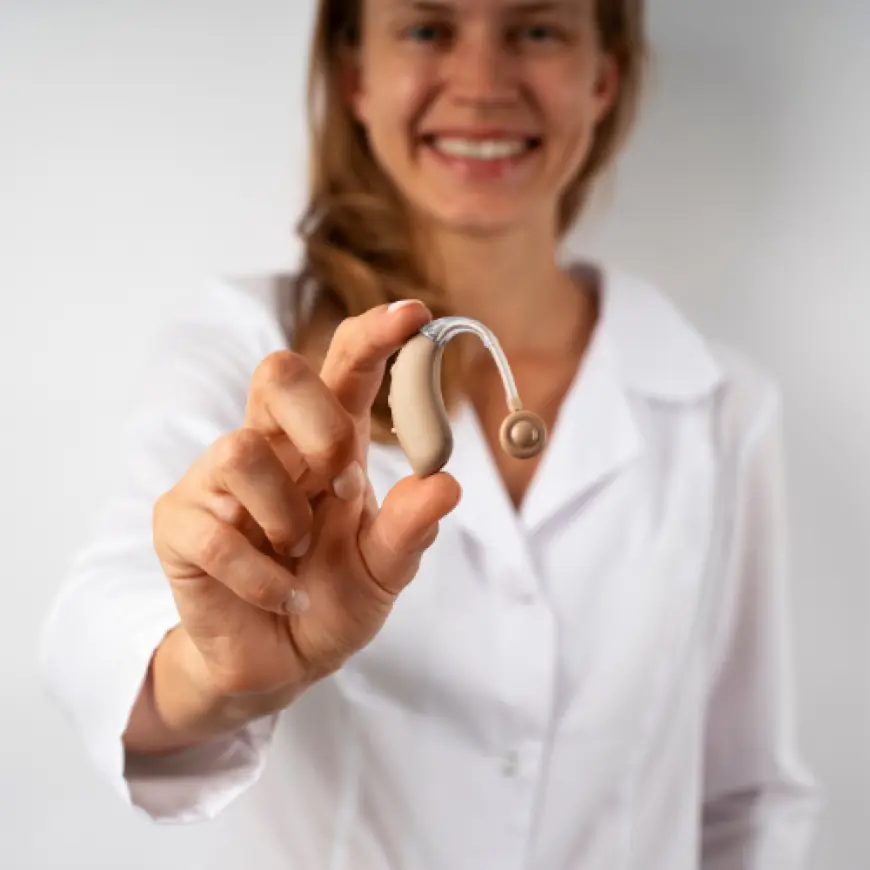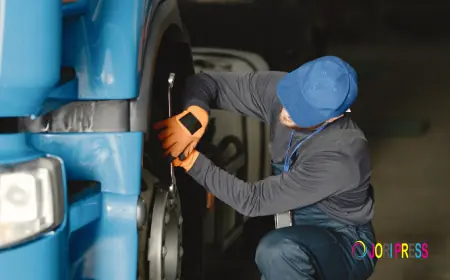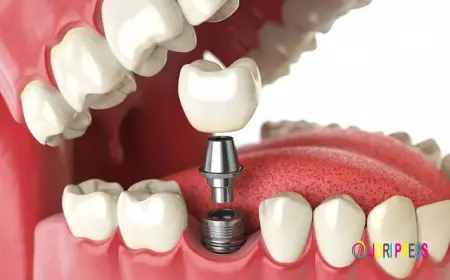How Do Analog Hearing Aids Work? Your Old-School Solution to Clearer Hearing

Sure, digital gadgets are all the rage these days, but there’s something undeniably charming about the classics like vinyl records, typewriters, and yes, analogue hearing Aids. They may not come with fancy apps or Bluetooth streaming, but they get the job done with a simplicity that many users still swear by. So, how do these tried-and-true devices work, and why do they still have a place in today’s high-tech world? Let’s dig in.
How Do Analogue Hearing Aids Work?
Think of it like turning up the volume on a stereo. Analogue hearing Aids take incoming sound waves, amplify them as a whole, and send them straight to your ears. There’s no complicated signal processing or computer chips doing a million calculations, just a clean, consistent boost to help you catch every word in a conversation.
Here’s the breakdown:
-
Microphone: Captures the sound from your surroundings.
-
Amplifier: Boosts the sound uniformly, no matter its frequency.
-
Receiver: Sends the louder sound into your ear canal.
It’s a no-frills process that makes them incredibly reliabl,e like that old radio that’s been in your garage for decades and still works.
Why ChoosAnalogueog Hearing Aids?
In a world dominated by digital, why would anyone still go analogue? Well, you might be surprised at the loyal fan base they have.
Top reasons include:
-
Consistent Sound Quality: Some people prefer the “warmer” sound profile.
-
Ease of Use: No endless menus or app controls to navigate.
-
Affordability: Many affordable analogue hearing aids deliver great performance without draining your wallet.
-
Durability: Fewer delicate electronics mean they can withstand more wear and tear.
For many, it’s the straightforward experience that seals the deal.
Features to Look For in Affordable Analogue Hearing Aids
If you’re on the hunt for the perfect pair, here’s what you should keep in mind:
-
Volume Control: A physical dial is easier to adjust than tiny buttons.
-
Comfortable Fit: Custom moulds or multiple tip sizes are a big plus.
-
Noise Reduction: Some models still have basic filters tominimisee background noise.
-
Long Battery Life: Analogue models often last longer on a single battery.
-
Repair Options: Make sure replacement parts are easy to find.
Where Can You Find Analogue Hearing Aids Today?
Despite their old-school nature, you can still find them in a few places:
-
Local Hearing Clinics: They might stock models for clients who prefer analogue.
-
Online Speciality Stores: Search specifically for analogueg” models to avoid digital ones.
-
Second-Hand Market: Some refurbished units are still in great condition.
Just remember, always get a professional hearing assessment before buying.
Maintaining YourAnalogueg Hearing Aids for Longevity
Want them to last for years? Here’s the game plan:
-
Keep them dry and clean.
-
Swap batteries before they fully drain.
-
Store in a protective case when not in use.
-
Get professional tune-ups once or twice a year.
Conclusion
Analogue hearing Aids may not have the sleek features of modern devices, but what they lack in tech, they make up for in simplicity, reliability, and that familiar, natural sound many users love. For those looking for affordable analogue hearing aids, there are still quality options available. Just remember to buy from reputable sources and geta proper fitting.
What's Your Reaction?
 Like
0
Like
0
 Dislike
0
Dislike
0
 Love
0
Love
0
 Funny
0
Funny
0
 Angry
0
Angry
0
 Sad
0
Sad
0
 Wow
0
Wow
0















































